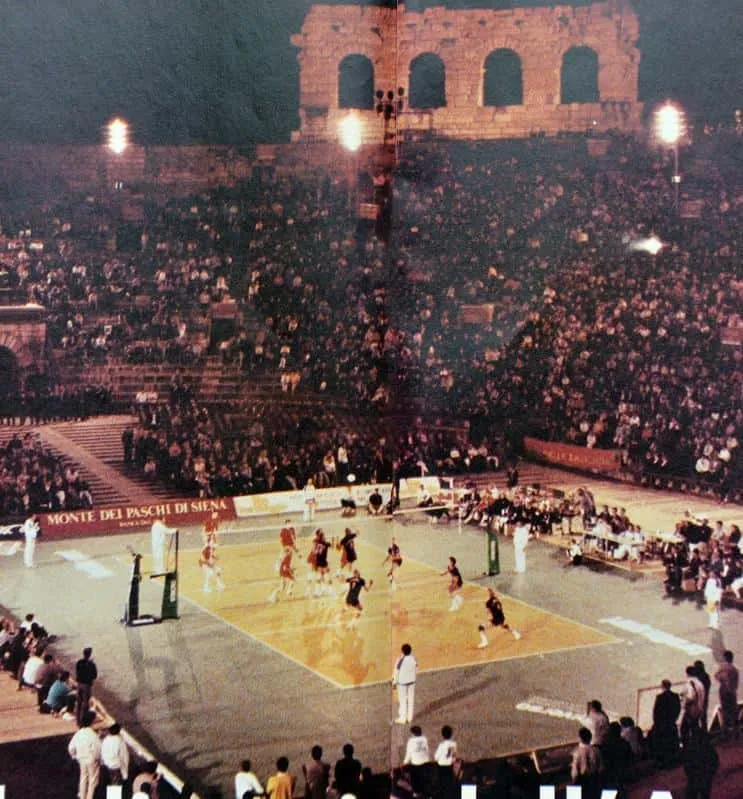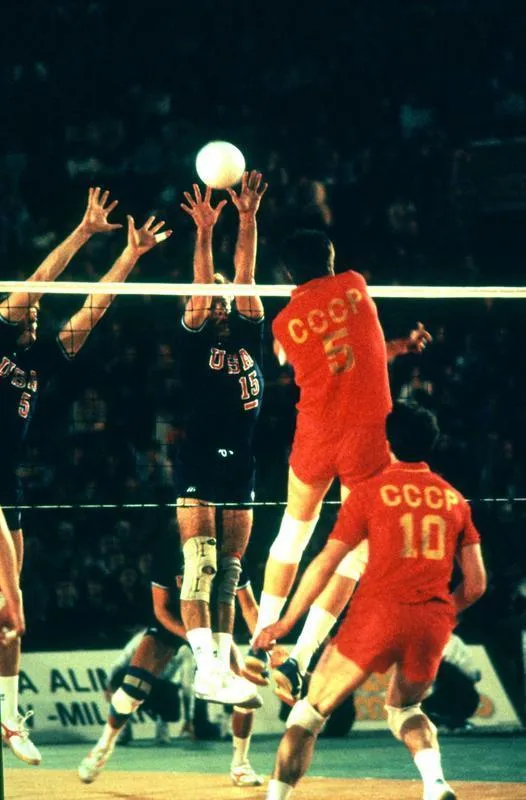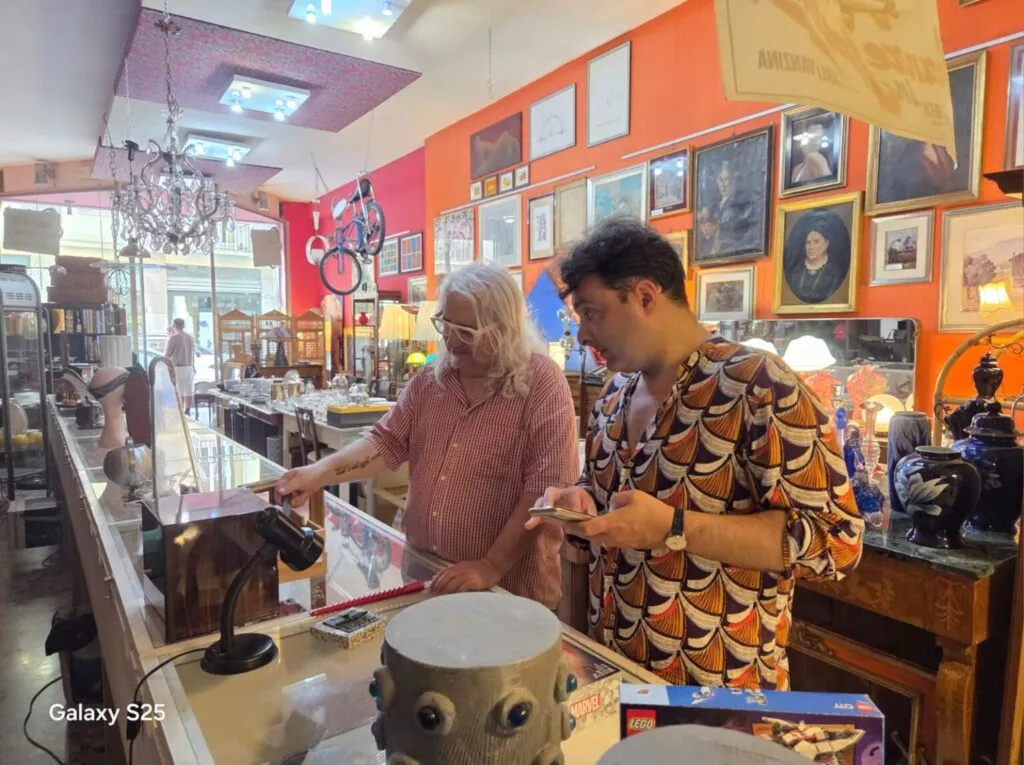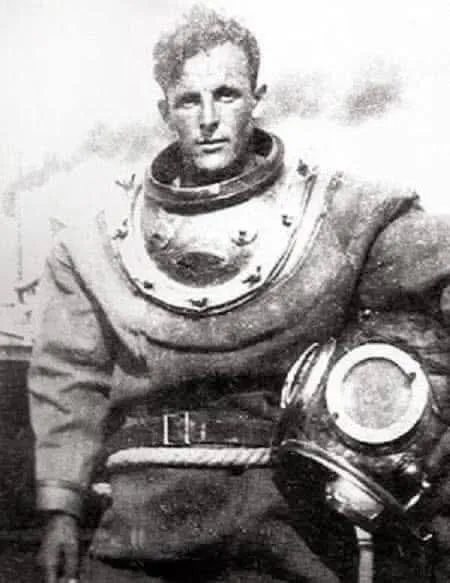The first Women’s Eurovolley match will be played in Verona in less than two weeks, with Italy and Romania taking the field. As the great sport returns to the Arena after 35 years, it is expected to draw large crowds and generate significant economic benefits for the host city. So, the countdown has started for August 15, and yesterday, a press conference was held in Rome to present the 33rd edition of the Men’s and Women’s European Volleyball Championships.
Italy returns to host the women’s and men’s “European Doubles” for the second time, after those of 1971
Gianfranco Briani was the Federation’s Secretary General at the time. “It was the first time a single country in Europe hosted a double continental volleyball competition. The USSR won on both fronts, with Eastern Bloc teams taking up the other steps of the podium. But we had ‘ struck a blow,’ laying the groundwork for the promotion of our sport in Italy by filling sports arenas with a discipline reputed to be ‘new,’ despite the fact that it was not.“
The goal in 1972 was very different from the goal today, as European Volleyball Confederation President Aleksandar Boricic expressed yesterday morning. “The Italian federation is one of the world’s most successful. Italy is competitive not only in volleyball, where it excels with all of its national teams, but also in beach volleyball, sitting volleyball, and snow volleyball.”
Expectations for the Azzurri at Eurovolley
Expectations for the Azzurri are high, and the men’s national team coach, Ferdinando De Giorgi, who is also the European and World Champion, responded: “Clearly, there are a lot of expectations on us, but as athletes, we know that we must focus on ourselves. We have a long way to go in the gym to raise the bar and improve training after training. I am very calm because I am surrounded by a wonderful team and staff.”

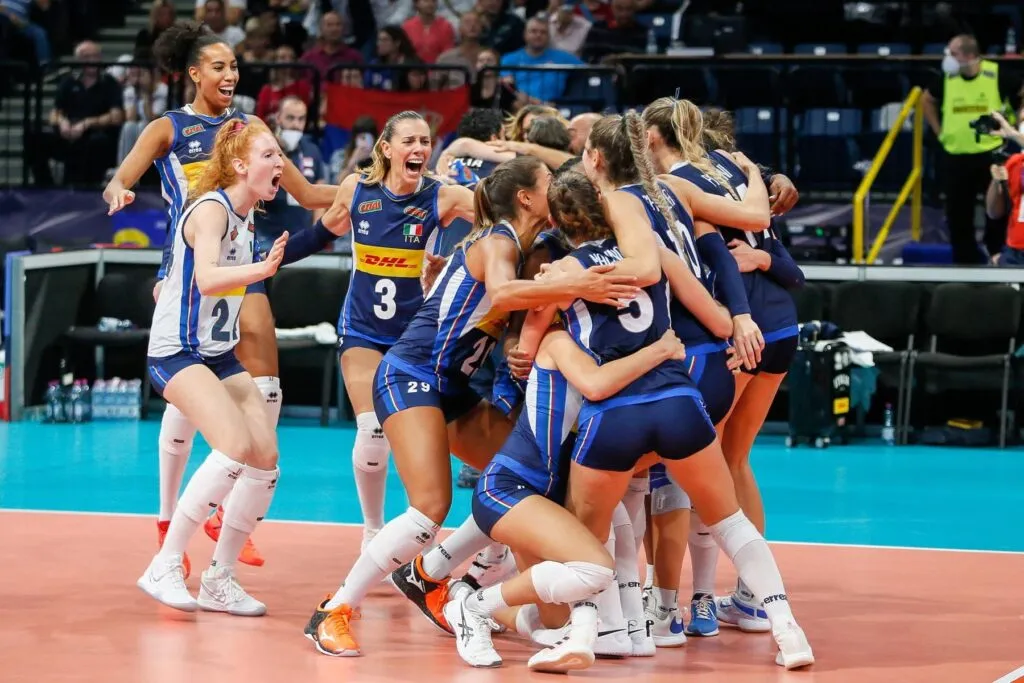
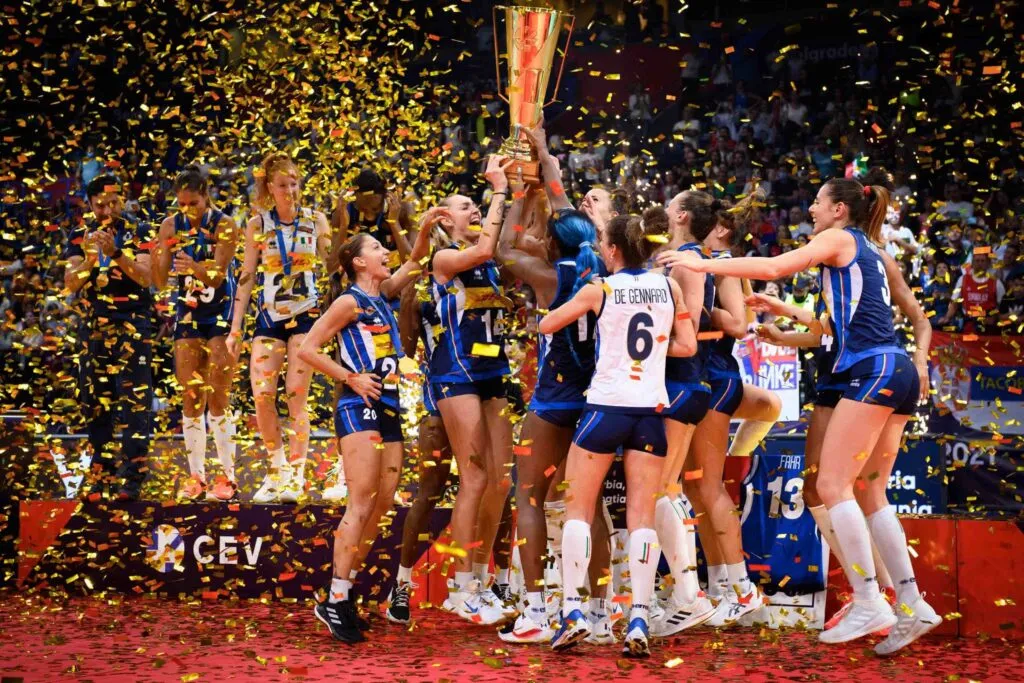
Foto by Italian Volleyball Federation
The economic spin-off
However, aside from the obvious pride of bringing Eurovolley back to Italy, the economic return is also significant, both at Italian and local levels. According to data reported yesterday morning by Roberto Ghiretti, only 25% of spectators in the nine host cities are expected to be local residents, 50% national residents from different cities, and 25% international spectators. And considering that visitors will stay four days on average, this is a clear boost for tourism.
According to the data, spectators will account for more than half of the overall economic input, with an estimated 90 million euros being spent nationwide as a result of more than 100,000 people spread across the nine cities. These numbers should be extended to include those of delegations, staff, media, and executives. Another major impact will be generated by media and advertising. An estimated 400 million overall audience from 115 countries across five continents, with over 4 billion views predicted across all social media platforms.
And once the Eurovolleys are over? Events of this media resonance have the potential, if well exploited, to leave an indelible imprint on the territory, with the possibility of being remembered even generations later, much like the 1988 European Championships, of which, we still remember the famous clash between the United States and the then-USSR in the Arena in Verona.
